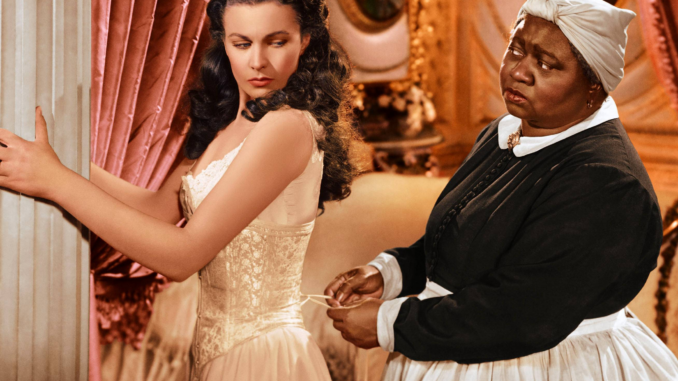
Marla Gibbs is a name that resonates with fans of classic television. Best known for her roles as Florence Johnston on The Jeffersons and Mary Jenkins on 227, Gibbs has left an indelible mark on the entertainment industry. With a career spanning decades, she has not only entertained audiences but also shared valuable life lessons through her characters. In this article, we’ll dive into the behind-the-scenes secrets of her iconic roles and explore the experiences that shaped her career.
1. The Jeffersons: A Cultural Milestone
A Groundbreaking Sitcom
The Jeffersons premiered in 1975 as a spin-off of All in the Family. The show followed George and Weezy Jefferson as they moved from a working-class neighborhood to a luxurious penthouse on the Upper East Side of Manhattan. It was one of the first sitcoms to portray an African American family achieving the American Dream.
Marla Gibbs as Florence
Gibbs played the role of Florence Johnston, the sassy and witty housekeeper. Her character quickly became a fan favorite, known for her sharp tongue and comedic timing. Gibbs brought a unique charm to Florence, making her one of the standout characters on the show.
2. Behind the Scenes of The Jeffersons
The Cast Dynamics
Gibbs often reflects on the camaraderie among the cast members. “We were like family,” she recalls. The chemistry between the actors, including Sherman Hemsley and Isabel Sanford, contributed to the show’s success. They supported each other both on and off the set, creating a warm and inviting atmosphere.
Memorable Moments
Gibbs shares that some of the most memorable moments on set were spontaneous. “We would often improvise, and those moments turned out to be the funniest,” she says. This improvisational spirit added authenticity to the show and allowed the actors to showcase their comedic talents.
3. The Impact of The Jeffersons
Cultural Significance
The Jeffersons broke new ground by addressing social issues such as race, class, and economic mobility. Gibbs believes that the show played a crucial role in changing perceptions and opening conversations about these topics. “We were able to tackle serious issues while making people laugh,” she explains.
Legacy of the Show
The show’s legacy continues to resonate today. It paved the way for future sitcoms that address social issues with humor and heart. Gibbs is proud to have been a part of such an influential series.
4. Transitioning to 227
A New Chapter
After The Jeffersons, Gibbs starred in 227, which premiered in 1985. The show focused on the lives of residents in a Washington, D.C. apartment building. Gibbs played Mary Jenkins, a strong and determined woman navigating the challenges of life.
Creating Mary Jenkins
Gibbs approached the character of Mary with the same passion she brought to Florence. “Mary was a different kind of woman, but she had her own struggles and triumphs,” she says. Gibbs infused Mary with warmth and humor, making her relatable to audiences.
5. Behind the Scenes of 227
The Cast and Crew
Gibbs describes the cast of 227 as a tight-knit group. “We had a lot of fun together, and that translated to the screen,” she recalls. The chemistry among the cast members, including Jackee Harry and Alaina Reed Hall, contributed to the show’s charm.
Memorable Episodes
Gibbs fondly remembers specific episodes that resonated with audiences. “There was one where Mary had to confront her fears, and it was a powerful moment,” she shares. These moments of vulnerability added depth to the characters and made the show more impactful.
6. The Evolution of Marla Gibbs
From Actress to Producer
As her career progressed, Gibbs took on more responsibilities behind the scenes. She became a producer, allowing her to have a greater influence on the stories being told. “I wanted to ensure that our voices were heard,” she explains.
Advocating for Representation
Gibbs has always been an advocate for representation in the entertainment industry. She believes that diverse stories are essential for creating a more inclusive media landscape. “We
